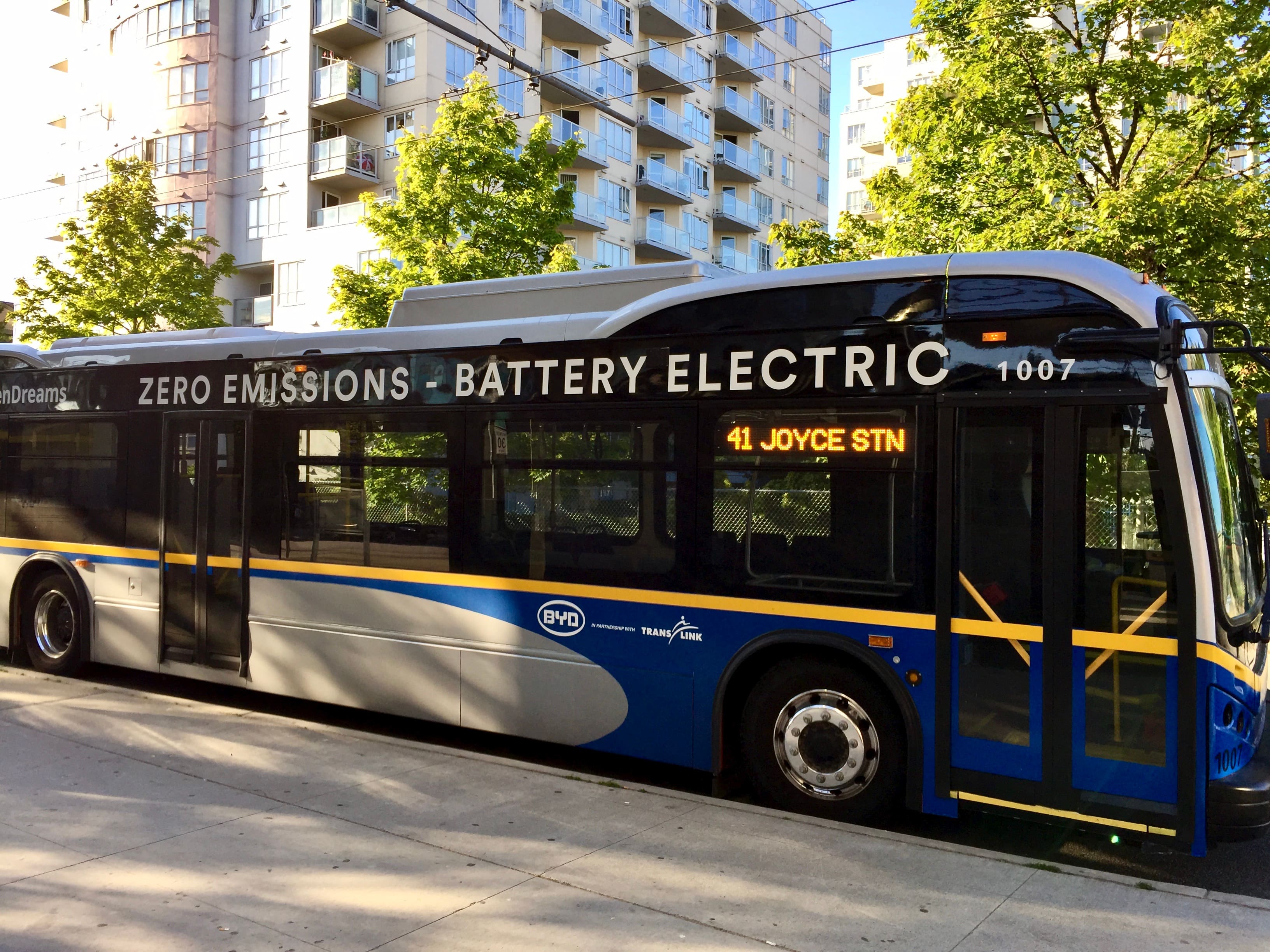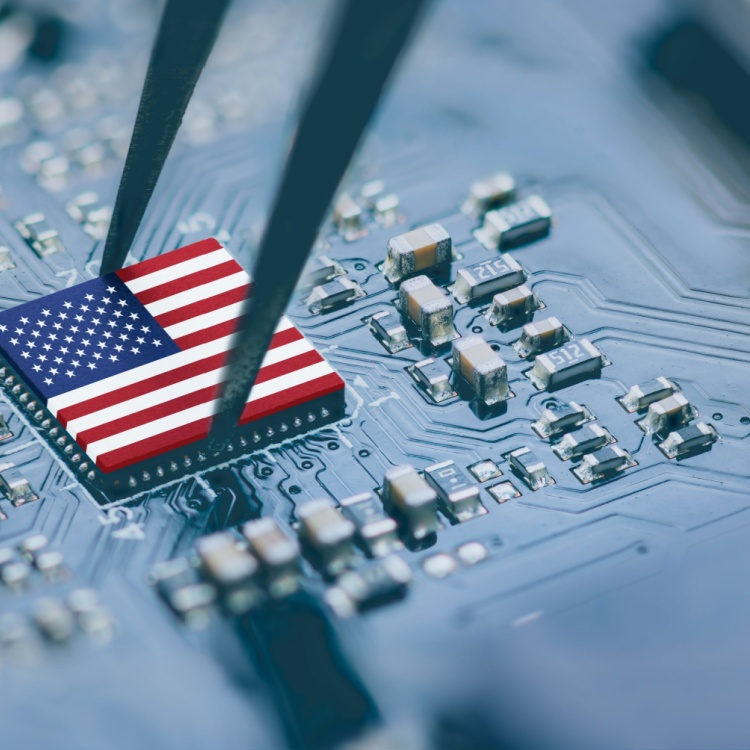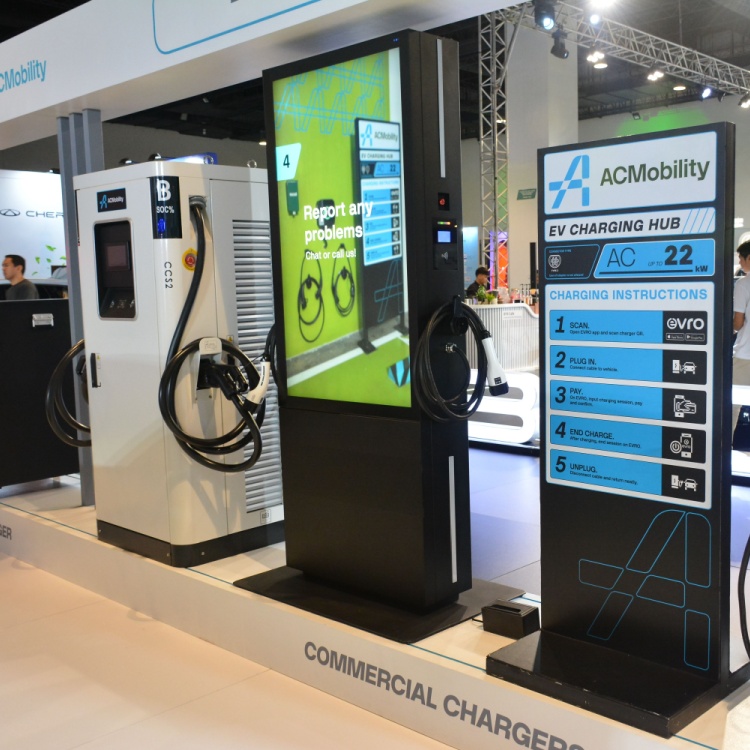Shifting Gears: Electric Buses around the World

IMI is committed to advancing green transport solutions here and abroad. From the Philippines and India to China and the United States, see how electric buses are helping create a cleaner and greener future.
This October, employees in an industrial park in Batangas will be traveling via electric bus. As part of a local conglomerate’s initial foray into community electric transport, the company signed an agreement with GET-Philippines to acquire two COMET electric buses.
The COMET--which stands for Community Optimized Managed Electric Transport--can accommodate 30 passengers and travel up to 100 kilometers on a single charge. Its fast-charging lithium-ion batteries can charge from 0-100 in 45 minutes.
 GET-Philippines is the local counterpart of American transport company Global Electric Transport (GET) Worldwide, which develops green transport solutions. It’s a step in the right direction and one that IMI is proud to be a part of.
GET-Philippines is the local counterpart of American transport company Global Electric Transport (GET) Worldwide, which develops green transport solutions. It’s a step in the right direction and one that IMI is proud to be a part of.
The EV chargers that power these COMET e-buses are produced by IMI partner, TGOOD LINCHR, an expert in EV charging products and green energy solutions and one of the company’s valued partners in the new energy market. IMI proudly manufactures and assembles the electronics for the e-vehicle charging stations of TGOOD LINCHR.
“Getting everybody aligned is a concerted effort. We are working with GET-Philippines, putting in both the infrastructure and the power components necessary for their electric vehicles at the same time,” shares IMI President and Chief Executive Officer Arthur R. Tan.
“At IMI, we provide the simultaneous engineering with our partners to produce e-vehicle charging stations that are of the highest quality and, at the same time, cost-effective. We use advanced manufacturing equipment, systems, and processes to be globally competitive and comply with all the regulations and safety requirements of different car manufacturers around the world,” says Tan.
E-buses are making inroads in major cities around the world, helping create a cleaner and greener future. In this article, we look at the benefits of e-buses and explore recent developments in the e-bus market in China, the United States, and India.
The perks of making the switch
Urban buses account for about 25% of the black carbon emitted by the transportation sector. As we race to net zero, e-buses provide enormous benefits for the environment, communities, and operators.
(Also read: Carbon-Free Roads: Will Nations Hit Their Targets?)
On the road: electric buses around the world
Let’s take a look at how e-buses are gaining traction in China, the United States, and India.
China: leading the charge
With more than 421,000 electric buses plying routes in Chinese cities, China is in the pole position.
In the city of Shenzhen, there are 16,000 e-buses, 22,000 electric taxis, and around 1,800 charging stations. The first city in the world to have a fully electrified public transport fleet, Shenzhen’s e-buses emit about 48% less carbon dioxide than their fossil fuel counterparts.
Watch the video below to see what life is like in a city that’s fully electric.
 BYD, one of the largest EV makers in the world, is headquartered in the city. As global demand for green transport solutions increases, the company is delivering e-buses to countries in Latin America and Europe.
BYD, one of the largest EV makers in the world, is headquartered in the city. As global demand for green transport solutions increases, the company is delivering e-buses to countries in Latin America and Europe.
Last January, in the city of Bogotá, Colombia’s capital, a contract for 1,002 electric buses was awarded to BYD--the largest order for all-electric buses outside of China. According to TransMilenio, the bus rapid transit system that serves the nation’s capital, the partnership with BYD “will reduce 83,433 tons of carbon dioxide and 9.63 tons of particle emissions per year.”
United States: pushing for change
Of the roughly 70,000 transit buses in the United States, only around 2% are zero-emission buses, according to a report by the Center for Transportation and Environment (CTE). It’s a disheartening statistic, but one that will hopefully change soon.
Over the next eight years, President Joe Biden aims to electrify 50,000 diesel transit buses and at least 20% of the school bus fleet. At half a million, school buses comprise 90% of the country’s total bus fleet, ferrying nearly 25 million children daily.
India: Ripe for electric adoption
The vehicle ownership rate is low in India, with only 20 vehicles per 1,000 people. Furthermore, at least 22% of the country’s 140,000 state-run public transport buses are overage. Clearly, there is a tremendous opportunity for electric adoption. The government has extended the second phase of the Faster Adoption and Manufacturing of Hybrid and Electric vehicle (FAME) scheme to 2024 to promote electric mobility.
The Department of Heavy Industries (DHI) has sanctioned 5,595 e-buses to 64 cities to push electric adoption in public transport. Over their lifetime, these e-buses will run nearly 3 billion kilometers with zero emissions, save about USD 500 million in oil imports, and avoid 1.2 million tons of CO2 emissions.
A greener future for all
Urban dwellers are dealing with overcrowding, gridlocked streets, and dangerous levels of air and noise pollution. Electrified public transport could change all that, making every city a healthier, cleaner, and quieter place to live. In the race against climate change, we need to put the pedal to the metal.
As one of the Top 21 EMS companies in the world, IMI has over 40 years of experience in providing electronics manufacturing and technology solutions.
We are ready to support your business on a global scale.
Our proven technical expertise, worldwide reach, and vast experience in high-growth and emerging markets make us the ideal global manufacturing solutions partner.
Let's work together to build our future today.
Other Blog



